
Created by - Rigomo Team
What is POST-TRAUMATIC STRESS DISORDER ?
Most people who experience traumatic events have temporary difficulties adjusting and coping, but they usually get better with time and good self-care. You may have PTSD if your symptoms worsen, last for months or even years, and interfere with your day-to- day functioning. Symptoms can appear as soon as days after a traumatic event, but they can also take years to manifest. It's difficult to live with, and it can have a significant impact on relationships and family life. You might be hurt by your loved one's distance and moodiness, or you might be perplexed by their actions. What are the main symptoms of PTSD? Symptoms of PTSD can come and go. Flashbacks as if you are reliving the event, repeated memories, nightmares, and severe anxiety, as well as uncontrollable thoughts about the event, are all possible symptoms. People with PTSD may show irritable, aggressive behavior, have trouble sleeping, and have difficulty concentrating. Mood changes such as feeling shame or guilt, push one into loneliness, and social isolation and they usually have self-destructive behavior. It's a psychiatric disorder that can strike people who have been threatened with death, sexual violence, or serious injury, or who have experienced or witnessed a traumatic event such as a natural disaster, a severe accident, a terrorist act, battle, or rape are all examples of such events. What are the triggers of PTSD? PTSD can be brought on by several things. They bring back strong memories. You may feel like you're going through it all over again. Triggers can be anything that reminds you of the traumatic event in some way, such as sights, sounds, smells, or thoughts. If you think you might hurt yourself or attempt suicide, or if you know someone who is in danger of attempting suicide or has already attempted suicide (make sure someone stays with that person to keep him or her safe), call take the person to the nearest hospital emergency room if you can safely do so. Management of PTSD Your loved one's nervous system can become "unstuck" with the right support from you and other family and friends, and you can help them finally move on from the traumatic event, allowing your life together to return to normal. It's important to remember that not everyone who has been through a traumatic event develops PTSD, and not everyone with PTSD requires psychiatric treatment. PTSD symptoms may fade or disappear for some people over time. Others improve as a result of their support system (family, friends or clergy). However, many people with PTSD require professional help to recover from severe and disabling psychological distress. It's important to remember that trauma can cause a lot of pain. The individual is not to blame for their distress, and PTSD is treatable. The sooner someone seeks help, the more likely they are to recover. Psychotherapy along with medication may help the person with PTSD get better. Medication can aid in the management of PTSD symptoms. Furthermore, the symptom relief that medication provides allows many people to participate in psychotherapy more effectively. Complementary and alternative therapies, as well as other treatments, are increasingly being used to help people with PTSD. Acupuncture and animal-assisted therapy are two examples.
More detailsPublished - Mon, 30 May 2022

Created by - Rigomo Team
DECREASED ENVIRONMENTAL QUALITY HARMS HUMAN HEALTH
Environment quality Environmental quality refers to a set of properties and characteristics of the environment that have an impact on humans and other organisms, whether they are generalized or specific. Environmental quality encompasses both the natural and built environments, including air, water purity or pollution, noise, and the potential consequences of these characteristics on physical and mental health. People whose health is already compromised are most affected by poor environmental quality. How does the quality of the environment impact health? The environment has a direct impact on health and is a major factor in the quality of life, healthy years lived, and health disparities. Premature death, cancer, and long-term damage to the respiratory and cardiovascular systems have all been linked to poor air quality. In nonsmoking adults, secondhand smoke containing toxic and cancer-causing chemicals contributes to heart disease and lung cancer. Environmental factors are responsible for nearly a quarter of all deaths and the total disease burden worldwide. Cancer, cardiovascular diseases, asthma, and other illnesses are all linked to poor air quality. Poor water quality can cause gastrointestinal illness as well as a variety of other issues, such as neurological issues and cancer. Acute poisonings and other toxic effects can be caused by chemicals found in and around homes and workplaces. Factors determining environment quality A healthy community environment requires clean air, land, and water. Secondhand smoke, carbon monoxide, allergens, lead, and toxic chemicals all contribute to the development of disease and other health problems. The health and quality of life by following a few factors such as o Environmental standards and regulations o Continuous monitoring of pollution levels o Human exposure to pollutants o Creating environments that support healthy lifestyles Individual health and environmental quality are both influenced by the built environment (such as schools, parks, greenways, and transportation systems). Bicycling as a primary mode of transportation, for example, increases physical activity while reducing pollution and accidents caused by motor vehicles. Tips to Protect yourself from air pollution Here are some easy-to-follow guidelines for protecting yourself and your loved ones from the dangers of air pollution:o Check daily air pollution forecasts in your areao Avoid exercising outdoors when pollution levels are higho Don't burn wood or trasho Don't let anyone smoke indoors o Support tobacco-free legislation in all public places.
More detailsPublished - Mon, 30 May 2022

Created by - Rigomo Team
What is AGEING: AGE-RELATED DISEASES
About two-thirds of the 150,000 people who die every day around the world—100,000 per day—die of age-related causes. The proportion is higher in industrialized countries, reaching 90%. Every person in the world, in every country, should be able to live a long and healthy life. However, the environments in which we live can either benefit or harm our health. Our behaviour and exposure to health risks (for example, air pollution or violence), as well as our access to services (for example, health and social care) and the opportunities that come with ageing, are all influenced by our surroundings.Age-related illnesses-An ageing-associated disease occurs more frequently as people get older. Some age-related changes (such as greying hair) are said to have no bearing on mortality. However, some bio-gerontologists believe that the same underlying changes that cause greying hair also increase mortality in other organ systems and that a better understanding of the incidence of age-related disease will advance knowledge of the biology of senescence in the same way that understanding childhood diseases advanced knowledge of human development. The term does not refer to age-specific diseases, such as chickenpox and measles in children, but rather to diseases that affect the elderly. They're also not diseases of accelerated ageing, which are all genetic disorders.Age-related diseases are illnesses and conditions that become more common as people get older, implying that age is a major risk factor. Cardiovascular Disease, Cerebrovascular Disease (Strokes), High Blood Pressure (Hypertension), Cancer, Type 2 Diabetes, Parkinson's Disease, Dementia (Including Alzheimer's Disease), Chronic Obstructive Pulmonary Disease (COPD), Osteoarthritis, Osteoporosis, Cataracts, Age-Related Macular Degeneration (AMD), Hearing Loss are some of the more common age-related diseases.Healthy ageing-This historically significant shift in the global population necessitates changes in how societies are organized in all sectors. Health and social care, transportation, housing, and urban planning are just a few examples. Working to make the world a more age-friendly place is an important and pressing part of our changing demographics. Societies that adapt to this changing demographic and invest in healthy ageing can help people live longer and healthier lives while also benefiting society. You can't stop the ageing process, but you can make choices that will help you stay active, do the things you enjoy, and spend time with your loved ones.Small lifestyle changes can make a big difference, and adopting even a few of the following habits will get you started in the right direction:· Maintain a healthy body and mind by staying physically active.· Maintain a social life with friends and family, as well as within your community.· Eat a well-balanced, healthy diet.· Don't Neglect Yourself: Make a Checkup Schedule and Stick to it.· Follow your doctor's prescriptions for all medications · Consume Alcohol in Moderate Amounts · Quit Smoking to Reduce Your Cancer and Heart Disease Risks· Get the Sleep Your Body Requires· Brush and floss your teeth every day. · Talk to your doctor about any changes in your sexual function.
More detailsPublished - Tue, 31 May 2022
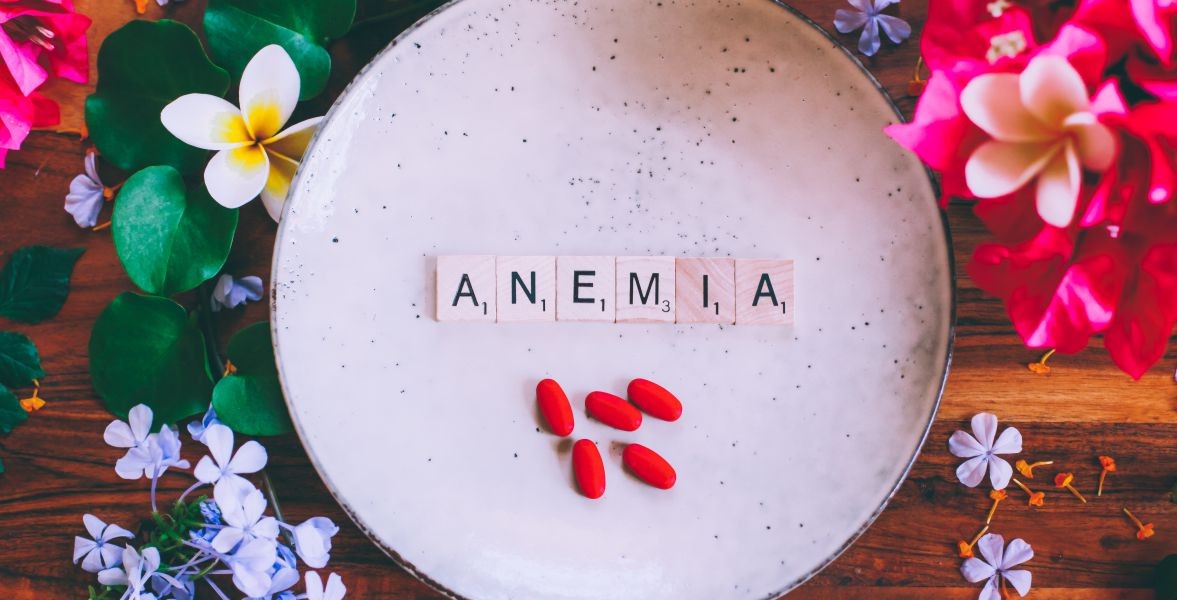
Created by - Rigomo Team
What is ANEMIA? Symptoms, Causes
Anemia affects more than two billion people around the world, accounting for more than 30% of the global population. Anemia is more common in women, young children, and people with chronic illnesses. Important things to remember are:o Certain types of anemia are passed down through your genes, and infants may be born with it.o Women are more likely to develop iron deficiency anemia as a result of blood loss during their periods and higher blood supply demands during pregnancy.o Older adults are more likely to develop anemia as a result of kidney disease or other chronic medical conditions.Causes of AnemiaAnemia occurs when your body's organs are deprived of oxygen due to a lack of healthy red blood cells. Hemoglobin is required to transport oxygen, and if you have too few or abnormal red blood cells, or not enough hemoglobin, your blood's capacity to transport oxygen to the body's tissues will be reduced. The most common causes of anemia are: Nutritional deficiencieso Iron deficiency [The most common type of anemia is iron-deficiency anemia]o Deficiencies in folate, vitamins B12, and A o HemoglobinopathiesInfectious diseases also contribute to being the common causeo Malariao Tuberculosiso HIVo Parasitic infectionsSigns and symptoms of AnemiaIt is seen that an anemic person is prone to catching a cold, as well as feeling tired or weak, which is not uncommon. Other signs of an iron deficiency include brittle or spoon-shaped nails, as well as possible hair loss.Anemia symptoms are often so subtle that they go unnoticed. Symptoms of anemia differ depending on the cause:o Dizziness, lightheadedness, or the feeling of passing outo Fast or irregular heartbeato Headacheo Pain within the bones, chest, belly, and jointso Growth problems in children and teenagerso Tiredness or weaknesso Shortness of breatho Pale or yellow skino Cold hands and feetManagement of AnemiaAnemia, if left untreated, can lead to a variety of health issues, including extreme fatigue, pregnancy complications, heart problems, and death. Some types of anemia are unavoidable, such as inherited anemia. However, eating a healthy diet can help prevent anemia caused by iron deficiency, vitamin B12 deficiency, and vitamin B9 deficiency. This includes eating a diet rich in foods rich in iron and these vitamins, as well as vitamin C-rich foods to aid absorption. Make sure you're getting enough water. This has been shown in some studies to help maintain hemoglobin levels.Anemia caused by iron deficiency and vitamin deficiency can be prevented by eating a diet rich in essential nutrients, such as:o Iron is found in a variety of foods, including beef and other meats, beans, lentils, iron-fortified cereals, dark green leafy vegetables, and dried fruit.o Folate is found in fruits and fruit juices, dark green leafy vegetables, green peas, kidney beans, peanuts, and enriched grain products like bread, cereal, pasta, and rice.o Vitamin B-12: Meat, dairy products, fortified cereals, and soy products are all high in vitamin B-12. o Vitamin C: Citrus fruits and juices, peppers, broccoli, tomatoes, melons, and strawberries are all high in ascorbic acid. These aid in the absorption of iron.
More detailsPublished - Tue, 31 May 2022

Created by - Rigomo Team
Grocery shopping benefits during COVID-19
We know that Grocery buying associate degree extended amount of your time is overwhelming, that is why we’re here to assist out. We’ve rounded up all the simplest tips we will notice round the web on working out what you wish to shop for and what you'll be able to truly create. Plan your meals –· Plan one weeks’ price of meals and snacks.· Check your electric refrigerator, deep freezer and storage room for foods and leftovers you have already got.· Think of meals you'll be able to create exploitation these foods or get impressed by recipes, meal and snack ideas and planned leftovers.· Keep a grocery list handy.· Add things that you just want or square measure running low on. Bring a grocery list- Organize your grocery list by headings that match the sections of the shop. Sticking to things on your grocery list can facilitate you: • avoid impulse or panic buys • navigate the grocery quickly • make less frequent visits to the grocery Gradually replenish on necessities however avoid panic shopping. Gradually replenish on food that encompasses a long period. Gradually stocking au courant food is simpler on your budget and therefore the provide chain than creating large-scale purchases. Stocking au courant food permits you to remain home if you or a home member becomes sick or has too self-isolate. Access to safe food is crucial to forestall grave reactions for people: • who need special diets? • living with food allergies, sensitivities, and gluten-related disorders If you're buying specialty food things after you don’t want them, it puts people who have confidence this stuff in danger. Store food properly –· Food can last longer if you store it properly promptly.· Put biodegradable foods at the front of the electric refrigerator rather than at the rear. If you'll be able to see them, it'll be a reminder to eat them.· Keep track of the food you have got reception and commit to assign the older ones initial. Berries or spinach ought to be consumed among a number of days of shopping for them. Apples, potatoes and carrots will last longer
More detailsPublished - Wed, 01 Jun 2022

Created by - Rigomo Team
HEALTH RISK OF SUBSTANCE ABUSE
Substance abuse is a major problem that must not be ignored. It occurs when you consume too much or in the wrong way alcohol, prescription medications, and other legal and illegal substances. It implies that you are unable to stop using even though your condition is causing you harm. Many people who struggle with substance abuse can quit or change their unhealthy habits. Why is Substance use a problem?It can cause both physical dependence and psychological dependence. Chemicals in both legal and illegal drugs can alter the way your body and mind function. They can provide a pleasant "high," relieve stress or assist you in avoiding problems in your life.What are commonly abused substances? Alcohol, marijuana, prescription medications (such as pain relievers, stimulants, or anxiety medications), methamphetamine, cocaine, opiates, hallucinogens, and inhalants are all commonly abused substances. These drugs were made illegal in the first place because they have the potential to be addictive or cause serious health consequences. Some people believe that using illegal substances is dangerous and thus abusive.What are the signs and symptoms of substance abuse?Clinical findings vary depending on the substance abused, the frequency of use, and the length of time since the last use, and may include: o Weight loss o Decreased appetiteo Increased irritabilityo Constant fatigueo Red-eyeo A lack of concern for personal hygieneIt can be diagnosed by abnormal lab reports, coupled with unexpected abnormalities in heart rate or blood pressure, as well as depression, anxiety, or sleep issues.What are the risks related to substance use?o Physical health issues: Substance abuse raises the risk of physical health problems such as heart disease, stroke, and cancer. o Substance abuse frequently co-occurs with mental health issues, but it can also exacerbate or contribute to the onset of some conditions. o Legal repercussions: People who use illicit substances are more likely to face legal repercussions, such as arrest and incarceration. o Substances can also increase the risk of risky behaviors like driving while intoxicated and engaging in unprotected sex.It is dangerous to both individuals and society. Individuals may experience health issues, mental health issues, risky behavior, and legal issues as a result. It can increase the costs of health problems and lost productivity for societies. It can also exacerbate social issues like crime.Management of substance abuse - Substance abuse treatment (or recovery) programs are available in both inpatient and outpatient settings. The programs that are considered are usually based on the substance that is abused. Successful treatment includes detoxification (if necessary, depending on the substance abused) and long-term follow-up management or recovery-oriented systems of care. Formalized group meetings and psychosocial support systems, as well as continued medical supervision, are usually part of long-term follow-up management. Individual and family psychotherapy are frequently prescribed to address issues that may have contributed to or resulted in the development of a substance abuse disorder. To protect everyone's health, safety, and quality of life, especially children, reduce substance abuse.
More detailsPublished - Thu, 02 Jun 2022

Created by - Rigomo Team
Healthy mind with Healthy Diet
Many studies conducted worldwide have found that just about every one out of four individuals gets plagued by some variety of psychological state annually, depression being the prime wellness. it's believed that by 2022, depression can rank because the second leading reason behind incapacity, once heart condition. And, this is often not a tangle related to simply the adults, nearly many of the mental disorders begin within the teens (mainly 14-17 years). The explanations cited square measure chiefly a poor diet or unhealthy habits. Our diet affects our moods, and emotions, and may even be accountable for long-run conditions like depression. The brain is affected by the sudden shift in hormones, changes in glucose levels, and every single alternative biological process. Diet consultants and physicians have, therefore, zeroed in on bound food sorts that embody seasonal vegetables, whole grains, and proteins that affect the condition of our brain to effectively manage the onset of depression and alternative disorders. What is the suitable diet you must be having for higher mental health? Diet is important in rectifying temperament problems, significantly macromolecule, which is nice for the brain. However, in recent times the result of macromolecules has become questionable, particularly macromolecules from animals. Protein, for several folks, is helpful, particularly chicken meat that may help one feel sturdy, alert, assured, and powerful. what is additional, several people now prefer animal protein over vegetable protein and end up taking unwanted, processed carbohydrates. To balance mood and have a stable psychological state, twenty-five to thirty grams of macromolecule is usually recommended per day. A whole-foods diet permits for a stable aldohexose flow for an extended amount of your time. This means creating progress toward 3 small meals daily rather than intake restricted quantities for the length of the day. this might be done by including healthy fats, high-quality macromolecule, and plenty of fruits and vegetables in your intake plan. you may additionally embody whole grains relying upon sensitivities. It IS IMPORTANT TO avoid added sugar and processed food things, significantly those containing starch.
More detailsPublished - Thu, 02 Jun 2022
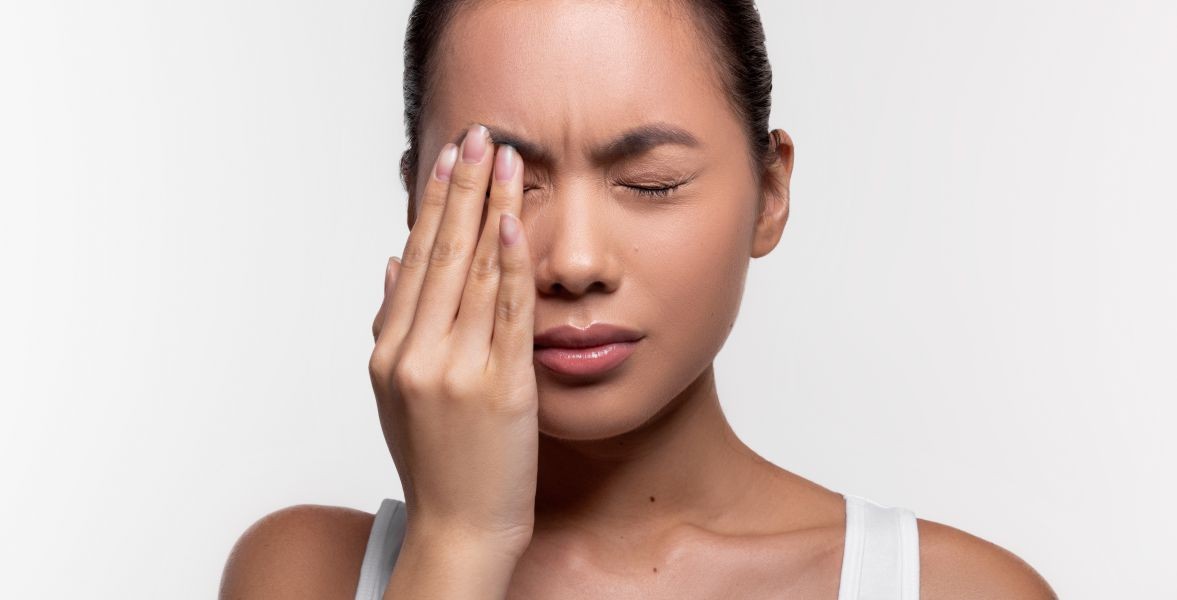
Created by - Rigomo Team
DO’S AND DON’T FOR EYE CARE
Your eyes are vital to your overall health. People rely on their eyes to see and comprehend their surroundings. However, because some eye diseases can result in vision loss, it is critical to detect and treat eye diseases as soon as possible. If your health care provider recommends it, or if you notice any new vision problems, you should have your eyes checked. It's just as important to keep your eyes healthy as it is to keep your body healthy. However, there are things you can do to help keep your eyes healthy if you want to do more to improve your vision. DO’S FOR YOUR EYES: • Consume a healthy, well-balanced diet: Rich in fruits and vegetables, particularly deep yellow and green leafy vegetables. Carrots and omega-3 fatty acid-rich fish are good for your vision. Make sure your diet contains foods high in vitamin A, vitamin C, vitamin E, copper, and zinc. • Maintain a healthy weight: Obesity or being overweight increases the risk of developing diabetic retinopathy or glaucoma. • Exercise regularly: Exercise can help to prevent or control diabetes, high blood pressure, and high cholesterol. These illnesses can affect your vision and cause problems with your eyes. Because eyes have muscles, they could benefit from some eye exercises to stay healthy. Warm your palms for five seconds and then close your eyes. Repeat the process three times. • Always wear sunglass when going out: Sun exposure can harm your eyes and increase your risk of cataracts and macular degeneration as you age. • Wear protective eyewear: Eye protection is required when participating in certain sports, working in jobs such as factory work and construction, and performing home repairs or projects to avoid eye injuries. • If you wear contacts, take the following precautions to avoid eye infections: Hands should be thoroughly washed before inserting or removing contact lenses. Follow the cleaning instructions carefully and replace them as needed. • Rest for your eyes: It is beneficial to close your eyes for a few minutes. When you spend a lot of time in front of a computer, you may forget to blink, causing your eyes to become tired. Try the 20-20-20 rule to reduce eye strain: Every 20 minutes, look 20 feet in front of you for 20 seconds. • Get enough sleep: It's not enough to close your eyes for a few minutes. Your body requires restful sleep regularly. Your eyes become reuvenated when your body receives enough rest. DON’TS FOR YOUR EYES: • Do not expose your eyes to glares: Avoid looking directly at the sun or other bright objects such as headlights, bright lights, or laser pointers. Dim the lights even if you're watching TV or staring at a computer screen to avoid straining your eyes. • Never work in poor light: It's because reading or doing any other activity in dim light can be taxing on the eyes. This can lead to headaches, eye pain, and other problems. • Avoid smoking: Smoking raises the risk of age-related eye diseases like macular degeneration and cataracts, as well as causing optic nerve damage. Smoking, both active and passive, is harmful to your eyes. • Don’t sleep in your contact lenses: This increases your chances of getting an eye infection and harms your vision. Also, don't lend your lenses to others. Also, when cleaning your contact lenses, use contact lens solution rather than water or saliva. • Do wear swim goggles: Even if the water appears to be clean, there's a good chance it's not. Swimming pools, lakes, and oceans have water that is far from sterile and can cause eye infections or irritations. • Don’t swim with contacts: Leaving your contacts in while swimming is not recommended because they can fall out or dry out in the salty seawater. Bacteria can grow on your contacts if you swim in a lake with bacteria. • Don’t rub your eyes: If something gets into your eye, don't rub it. Getting sand in your eye at the beach can make you scratch your cornea, and rubbing your eye can aggravate the problem. When you're out in the woods, stay away from poison ivy, sumac, and oak. If you rub your eyes, the plant oils can get into your eyes and cause severe irritation. Rather than rubbing, wash your hands and thoroughly rinse your eyes with fresh water.
More detailsPublished - Thu, 02 Jun 2022

Created by - Rigomo Team
6 Best Home Remedies for Eye Infection
Eye infections are often uncomfortable and even painful. These conditions if left untreated can become serious. There square measure variety of the way your eyes may become infected or irritated. Some common eye conditions include: o Pink eye additionally referred to as conjunctivitiso Dry eye happens once your tear ducts can’t lubricate the eyes properlyo Blepharitis is a condition that involves the inflammation of the eyelid that may cause redness, irritation, and crusty edges.o Stye: A painful lump near eyelids due to an infection of small glands near the base of eyelasheso keratitis is inflammation of the cornea Fortunately, there square measure many effective home remedies for eye infections that will assist you to soothe the symptoms. whereas these home remedies will facilitate treat eye infections, it’s invariably best to visit your doctor before attempting any at-home treatments 1. SaltwaterSaltwater, or saline, is one of the foremost effective home remedies for eye infections. o Saline is similar to teardrops, that is your eye’s approach to naturally cleansing itself. o Salt additionally has antimicrobial properties. owing to this, it solely stands to reason that saline will treat eye infections effectively.o Sterile isotonic solution is often bought online or from a pharmacy. 2. Teabags Placing cooled tea luggage on your eyes when they’re closed is often some way to relax and unwind. Some say that it is often an efficient home treatment for eye infections. Some varieties of tea have anti-inflammatory action and soothing propertiesFor example, studies have steered that black tea, green teas, and chamomile tea all have anti-inflammatory properties. owing to this, placing soaked tea bags on your eyes may well be an efficient way to reduce swelling. 3. Heat compress If your eyes square measure sore, infected or irritated, a heat compress will facilitate. A 2014study trusty supply on twenty-two participants steered that heat compresses will improve eye health in those with healthy eyes. A 2012 review of studies showed that heat compresses will facilitate those with redness. In addition, the yank Academy of medical specialty suggests employing a heat compress to assuage the symptoms of pink eye. Warm compresses may well be ready to soothe infections such as stye and help relieve blockage. They'll additionally facilitate soothe the symptoms of dry eye. It’s necessary to notice that, whereas heat compresses may offer relief, they can’t truly cure the condition.Here square measure some tips for creating a heat compress: • soak a piece of fabric in heated water and apply it gently to your eye • use hot, however not too hot, water to avoid burning yourself • make positive the fabric you utilize is clean so that you don’t expose your eye to germs. 4. Cold compress Like heat compresses, cold compresses don’t precisely cure eye infections. They can, however, ease the discomfort related to sure eye diseases. Cold compresses will scale back swelling in the case of eye injuries and infections. Here are square measure tips for creating a chilly compress: • soak fabric in cool water and gently apply it to your eye or eyes • you may freeze a wet fabric in an exceedingly sealable bag for some minutes before putting it on your eyes • don’t move onerous on your eye or place ice directly on your eye or lid 5. Wash linens Wash your towels and pillowcases daily once you have a watch infection, like pinkeye. Since these things may spread through contact and somebody else in your family might develop AN infection. Sterile the surfaces as well to get rid of germs 6. Discard makeup We all grasp to not share eye makeup, such as eye shadow, and eyeliner, to avoid eye infections. however, you ought to additionally discard your eye and face makeup, and makeup brushes, if you used them whereas you had AN infected eye. This ensures that you simply won’t re-infect yourself. Important caution - Before victimization home remedies to treat your eyes, it’s best to consult an expert. Some eye infections are often serious. Talk to your doctor if you think that you have got an infection. If you think that your kid has an infection, take them to a doctor rather than attempting these home remedies.
More detailsPublished - Fri, 03 Jun 2022
Search
Popular categories
Health and Wellness
231Skill Development
7Technology
5Community Impact
2Success story
2Creativity
1Latest blogs
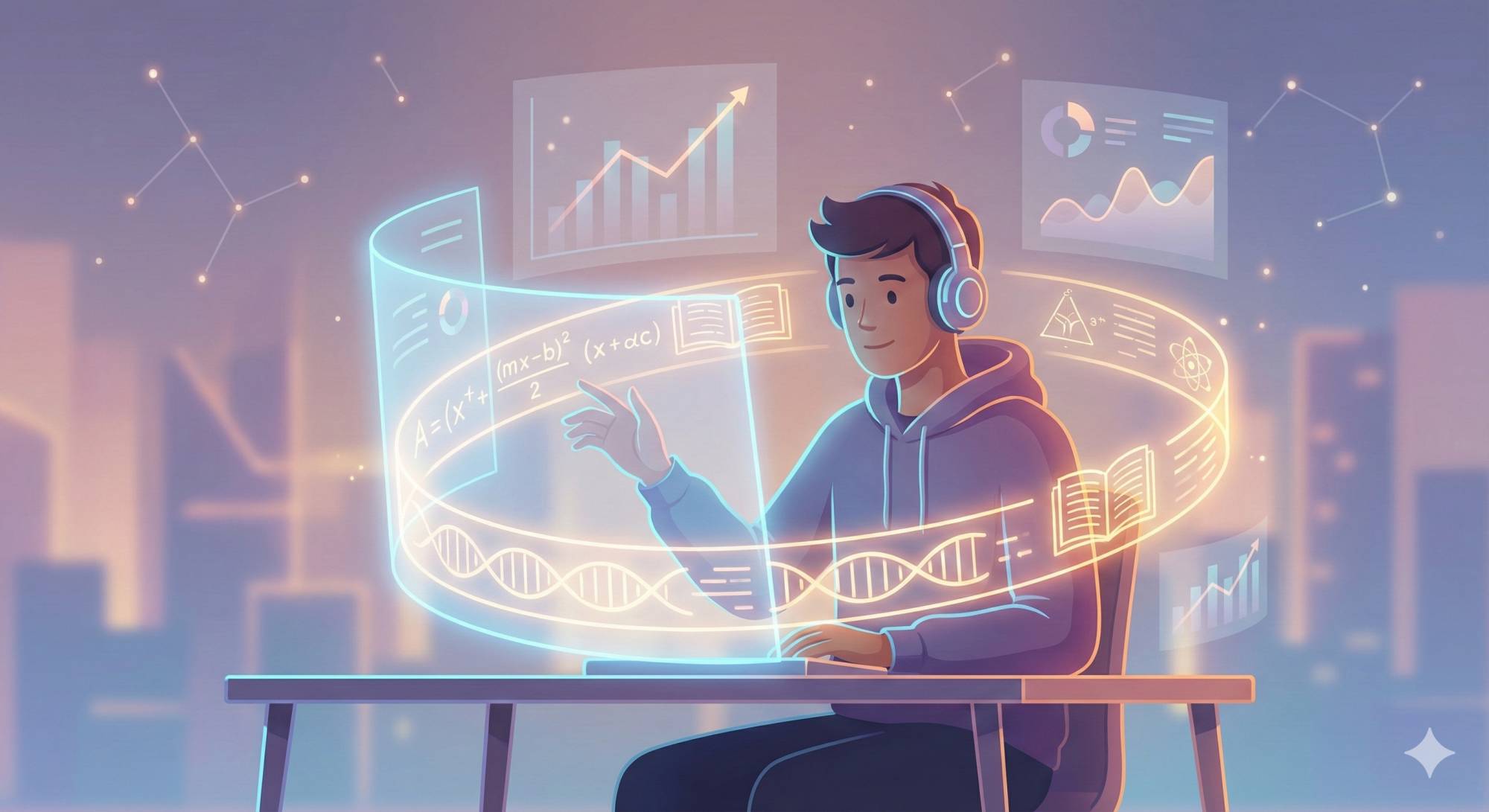
DeepSchool: The Story of an Idea That Refused to Sit Still
Tue, 02 Dec 2025
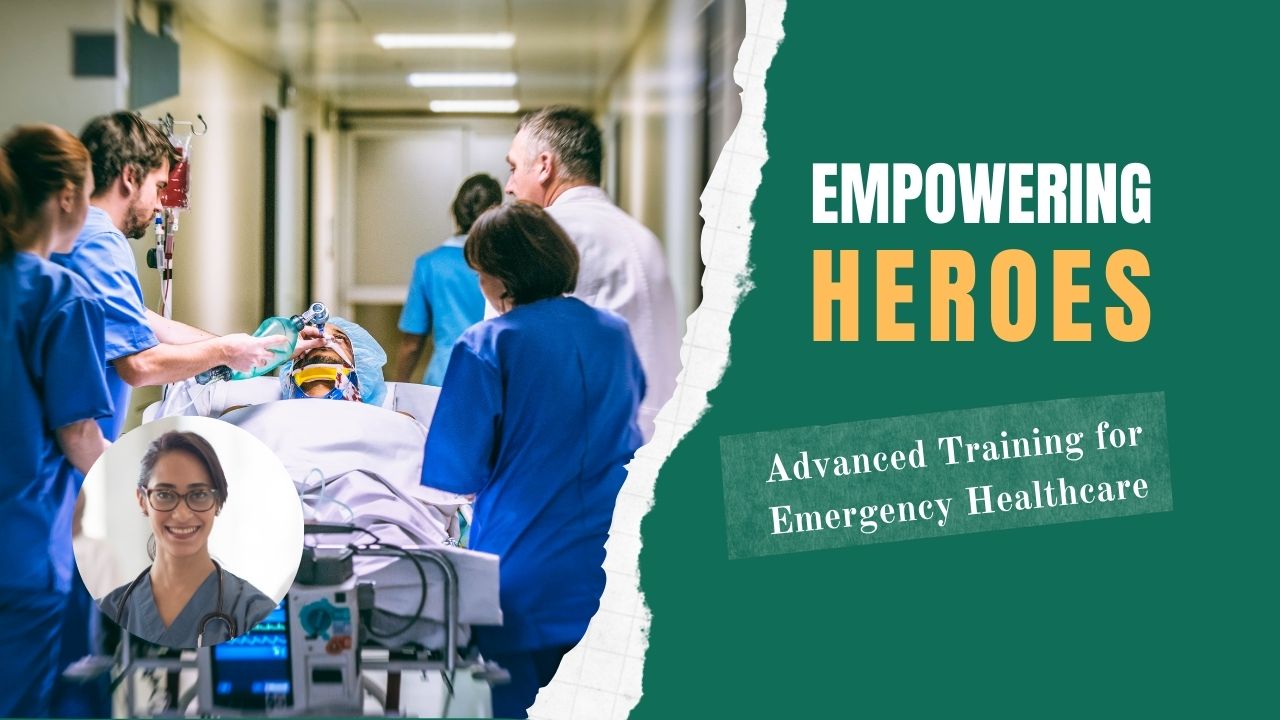
Transforming Emergency Care: The Story Behind Rigomo's Revolutionary PPMMP Course
Sun, 12 May 2024
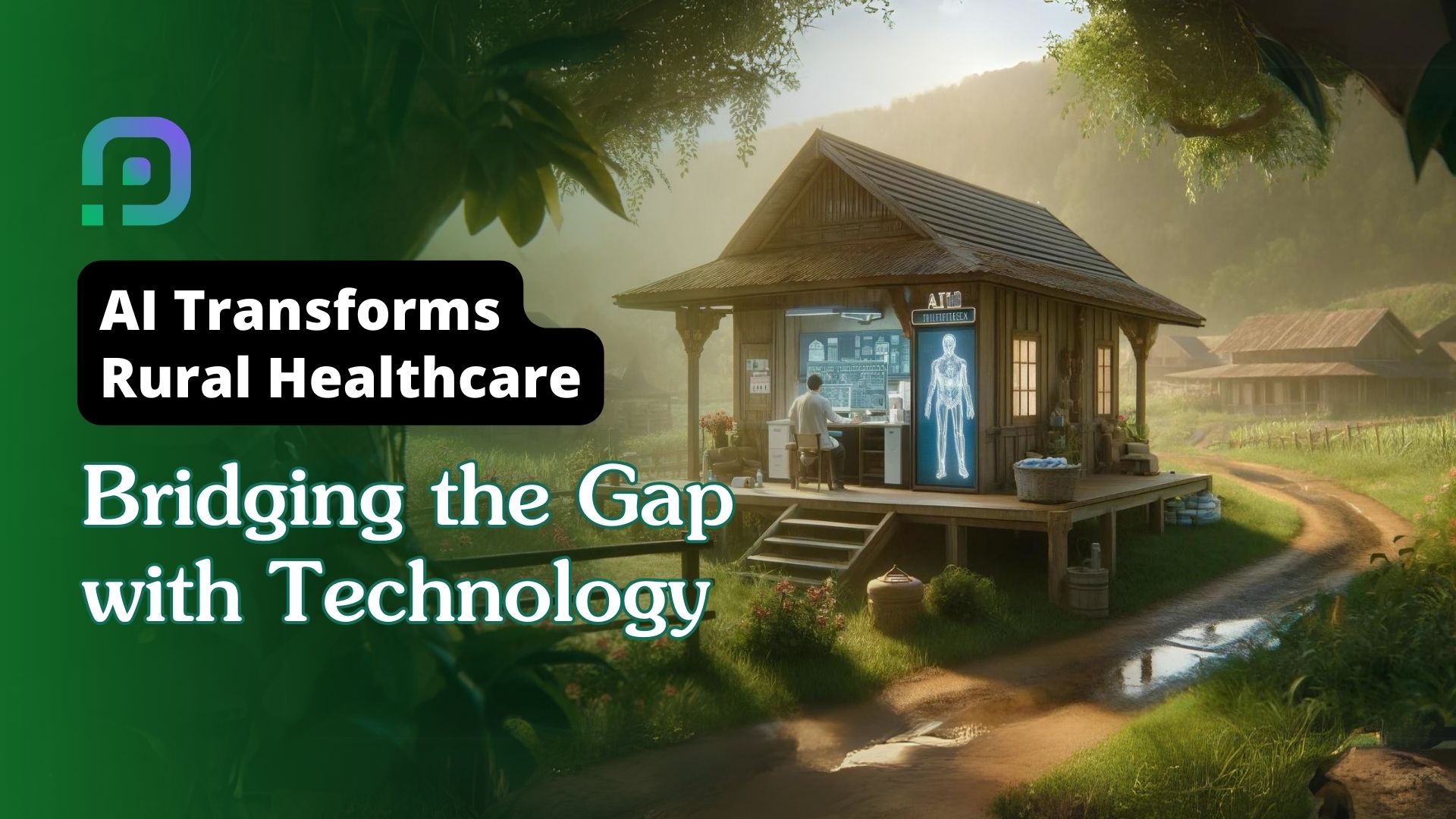
Empowering Rural Healthcare: How Pogiko's AI is Bridging the Gap in Medical Services
Thu, 25 Apr 2024
Write a public review